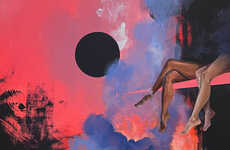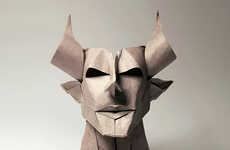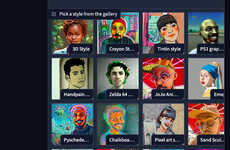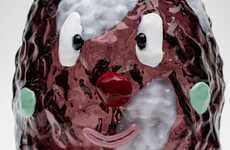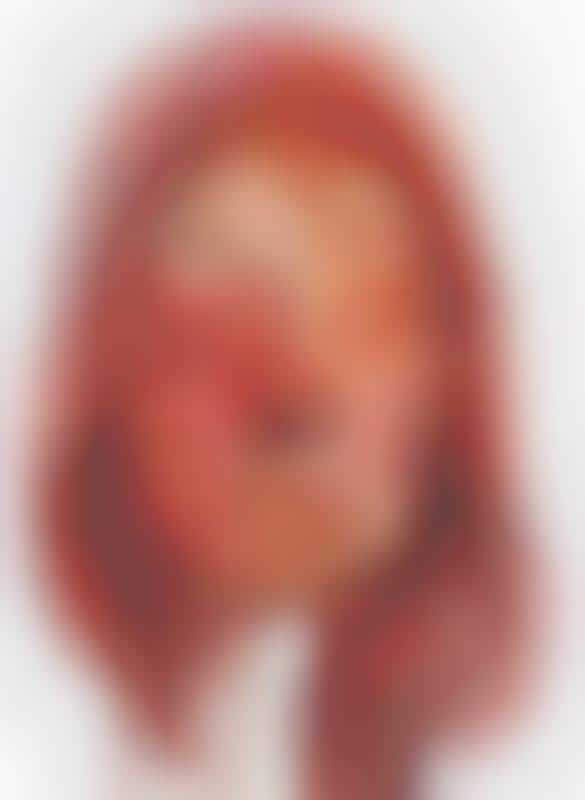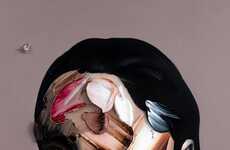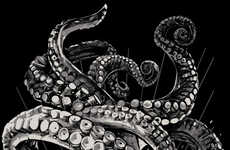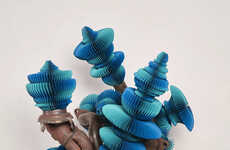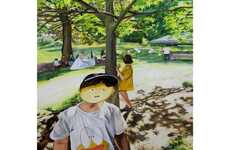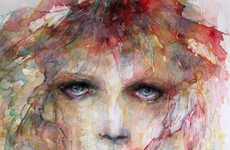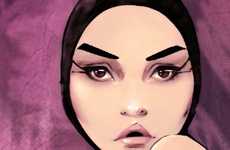
Akira Beard Blends Complementary Hues with Bizarre Features
Andrew Robertson — May 6, 2012 — Art & Design
References: akirabeard & ineedaguide.blogspot
The soft, fluid motions of watercolor painting collides with the depiction of grotesque and bizarre individuals in Akira Beard's collection of watercolor portraits. This collection of paintings contains a sense of decay that reflects the state of the characters captured within the illustration. As colors and paints ooze down the canvas, one tries to determine whether or not the obscure representation of the individuals is a result of the materials used or the figures themselves.
Despite the distorted features and harsh expressions, Akira Beard's artwork is nonetheless beautiful and captivating. The wide use of various colors and strokes distinguishes each painting as something exlusive from the rest of the artist's work. Each illustration revolves around a core set of complementary hues, creating a dichotomy between aesthetic association and abnormal characteristics.
Despite the distorted features and harsh expressions, Akira Beard's artwork is nonetheless beautiful and captivating. The wide use of various colors and strokes distinguishes each painting as something exlusive from the rest of the artist's work. Each illustration revolves around a core set of complementary hues, creating a dichotomy between aesthetic association and abnormal characteristics.
Trend Themes
1. Watercolor Gruesome Portraits - The trend of blending watercolors with grotesque features creates an opportunity for disruptive innovation in the art world.
2. Decay-inspired Art - Reflecting the state of decay in portraits through the use of watercolors presents an opportunity for disruptive innovation in fine arts and graphic design.
3. Exclusive Painting Techniques - Using a range of color strokes in every painting creates an avenue for disruptive innovation in advanced painting techniques.
Industry Implications
1. Fine Art - Watercolor gruesome portraits and decay-inspired art offer an opportunity for disruptive innovation in the fine art industry.
2. Graphic Design - Incorporating decay and grotesque features into graphic design through watercolor painting presents a route for disruptive innovation.
3. Art Supplies - Developing new art supply products and techniques to support the exclusive color and stroke range used by artists in these paintings presents an avenue for disruptive innovation in the art supplies industry.
2.6
Score
Popularity
Activity
Freshness


